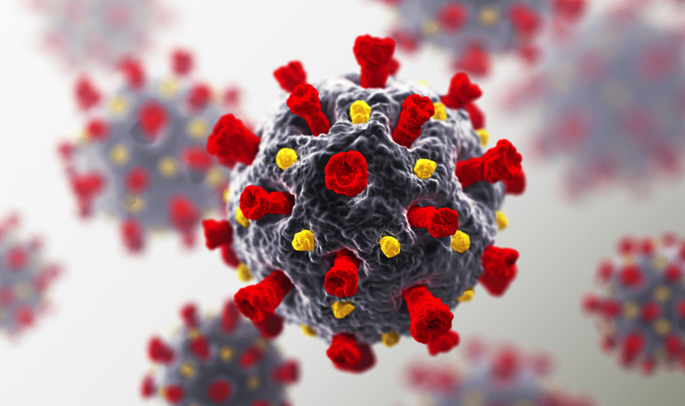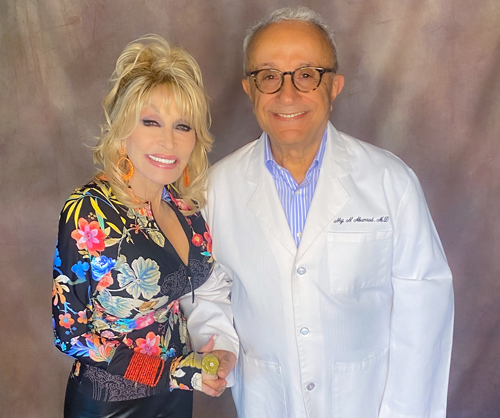by Paul Govern
Though he specializes in chronic disease, epidemiologist Qi Dai, MD, PhD, professor of Medicine, has been closely following the international scientific literature on SARS-CoV-2 and the disease it causes, COVID-19 (coronavirus disease 2019). He answered questions on March 19, when total U.S. cases of COVID-19 reached 10,442.

What is epidemiology?
In general terms it’s the use of scientific methods to identify the causes, risk factors, frequency, distribution and ways of controlling diseases and health conditions in a population, whether it’s chronic disease or infectious disease.
As someone who studies chronic diseases, how did you become interested in an acute infectious disease like COVID-19?
Though the disease itself is different from the flu, the pattern of transmission with this virus is a lot like the flu, it’s similarly easy to transmit. That pattern of easy transmission, with a large proportion of asymptomatic or mild patients, is why I was concerned from the beginning with following this disease.
What do you expect to happen with COVID-19 in the U.S.?
As we speak, because of the low testing capacity, many mild or asymptomatic cases over the past two months will have gone undetected, and the spread of this disease over this time will have occurred somewhat under the radar. In the U.S., we’re moving into a phase over the next month or so where laboratory confirmed cases of COVID-19 are going to rise as testing begins to catch up with the true dimensions of the epidemic.
That said, we’re seeing that federal, state and local governments are taking COVID-19 very seriously, and so is the U.S. public. The public needs to understand that by following guidelines from groups like the CDC [Centers for Disease Control and Prevention], people are not only protecting themselves but are also helping others. This is important, again, because a large proportion of the people carrying this virus won’t have symptoms and won’t be aware that they are carriers. These efforts will determine the course of the epidemic.
I would expect confirmed cases to increase over at least the next few weeks, but I would also expect that as early as a month or so from now the numbers could slow and begin to go down. We don’t have data today for a firm prediction, so this is just a guess on my part. The more seriously we take this disease, the sooner we can significantly slow its spread.
When will we know that the pandemic is lessening in the U.S.?
It is likely we will see a peak in about one month. However, if the rate of spread seems to decrease, that could be reversed if people begin to drop their guard and stop practicing social distancing and other measures that will slow the virus. If we’re not careful from a public health standpoint, we could see false peaks or a prolonged spread.
We’ve seen models from teams in the U.K. and Germany and the U.S. that envision a large proportion of the population becoming infected. That could happen, and it might take an eventual vaccine to change the course of this disease. The virus could mutate in such a way that it loses the ability to spread. Meanwhile, a robust public health response is our best defense.
Information for Vanderbilt University Medical Center employees and patients is at vumc.org/coronavirus.














